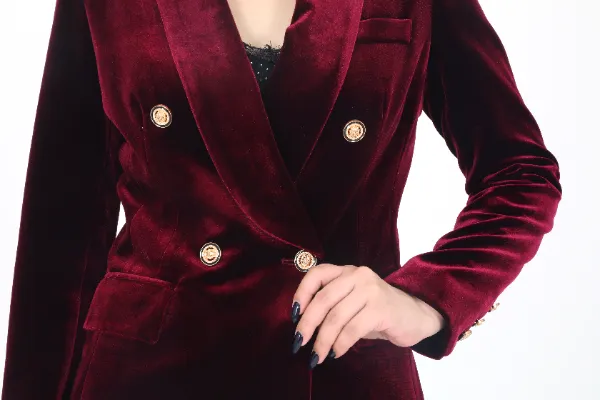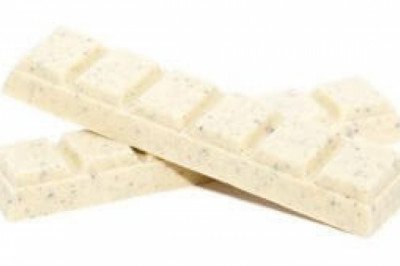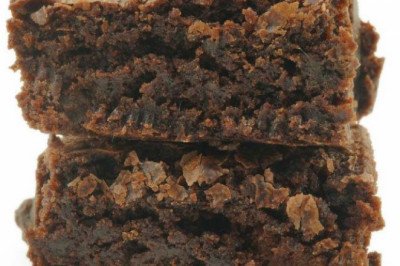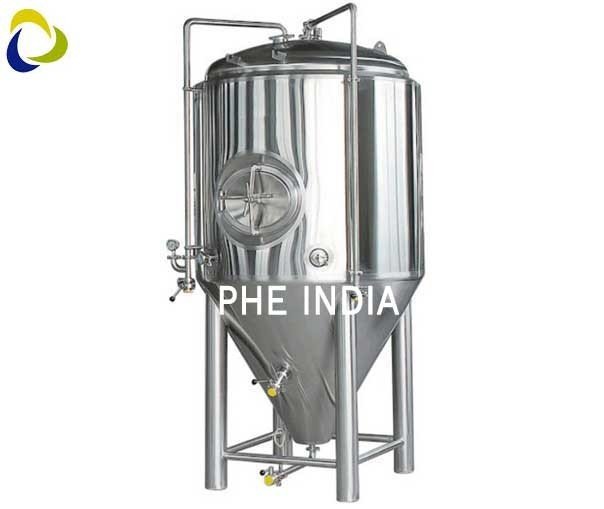views
What fabric is velvet
Velvet is what we usually call Zhang velvet, named after it originated in Zhangzhou, Fujian Province, China. Velvet is a type of velvet weft knitted fabric. One side of the fabric is covered by a pile surface formed by upright fibers or yarn. The pile is fine and soft, similar to the inner pile of a swan. But the velvet fabric is not really woven with velvet, but its hand and texture are as smooth and shiny as velvet.
Velvet fabrics are often interwoven with different raw materials such as cotton, eye, viscose silk, polyester and nylon. Usually silk is interwoven with warp and cotton yarn as weft, and silk or rayon is used as a pile loop. According to different uses, different raw materials can be used for weaving, and the use requirements are different, and the raw materials used for weaving are also different. At present, velvet fabrics can be divided into two types: floral and plain based on the difference of patterns. Flower velvet refers to cutting part of the pile loops into piles according to the pattern, so that it is combined with the unbroken loops to form a pattern; while the surface of plain velvet is all pile loops.
The characteristics and advantages and disadvantages of velvet fabric
Features of velvet fabric
1. The velvet fabrics are made of high-quality cotton yarns with high matching and above, mainly including printing color, plain pattern, jacquard and stripping, yarn-dyed and burnt-out series. The raw materials are all 65T/35C, 80 cotton/20 polyester, 80 polyester/20 cotton, bamboo fiber cotton velvet and so on.
2. Compared with core-spun silk, velvet has much higher elasticity, better hand feeling and better warmth retention.

The advantages and disadvantages of velvet fabric
1. Advantages
The velvet has the advantages of plump fluff, fine texture, elasticity, no lint, no ball, good water absorption, etc. At the same time, the velvet fabric is durable and not easy to fade, and has good resilience. It is a high-quality, high-quality fabric with good maturity.
2. Disadvantages
The characteristics of velvet itself, the surface is composed of dense small fluff, in the process of fabric production and processing, some small fluff particles will remain on the clothes, which is inevitable. Generally, it will be washed out in the first few washings, especially for dark clothes such as black, royal blue, carbon gray, etc., and it is easy to generate static electricity in a dry environment.
Cleaning and maintenance of velvet surface
The velvet fabric should avoid friction and pulling, and change and wash frequently.
After washing, drying, and ironing the velvet fabric, it should be stacked flat.
The velvet fabric is highly hygroscopic. To prevent mildew, do not place it in an environment with high humidity.
Velvet fabric is suitable for washing but not for dry cleaning. The water temperature is recommended to be around 40 degrees.
Velvet is highly hygroscopic, and should be prevented from mildew caused by high temperature, high humidity and unclean environment in the collection
The ironing temperature of velvet fabric can be controlled at about 120℃-140℃. It is required to iron at medium temperature when ironing, and use less push and pull when ironing.











